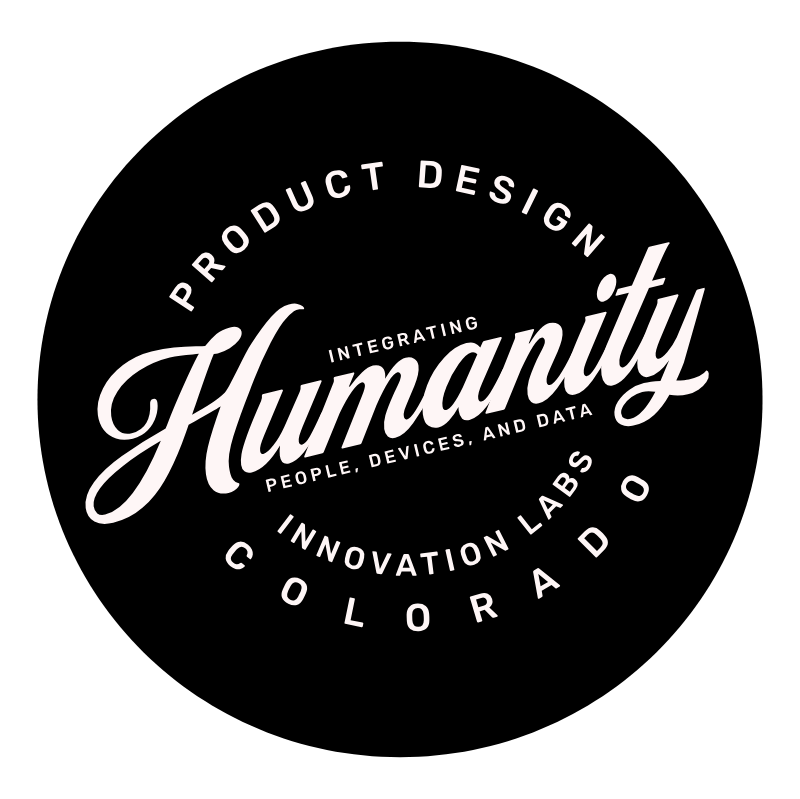A Three-Step Approach to Continuous User Research
In the ever-evolving realm of software development, the pursuit of excellence is an ongoing journey for Humanity Innovation Labs™. Fueled by a commitment to innovation, user satisfaction, and the relentless quest for improvement, our approach to user research is not just a checklist; it's a dynamic and iterative process woven into the fabric of our development ethos.
Step 1: Define Clear Objectives
Our journey begins with a crucial step – defining clear objectives. This is not merely about setting vague goals; it's a meticulous process of identifying specific objectives for user research. We delve into the intricate aspects of the software that beckon improvement, seeking a profound understanding of user experiences. This initial step serves as the compass, guiding us towards a roadmap for our research efforts.
Step 2: Establish a Robust Research Plan
Armed with clear objectives, the next phase involves the crafting of a comprehensive research plan. This plan is not just a document; it's a strategic blueprint that outlines research goals, identifies the target audience, selects methodologies grounded in best practices, and establishes a timeline seamlessly integrated with the software development cycle. The research plan becomes our guiding force, ensuring that every step aligns with our overarching goal of continuous improvement.
Step 3: Leverage Agile Methodologies
The heartbeat of our user research lies in the agile methodologies we employ. We don't settle for a singular method; rather, we leverage a mix of research approaches, including surveys, interviews, usability testing, and analytics. Our commitment to user involvement is manifested in the integration of continuous feedback channels within the solutions we work to improve. We conduct iterative usability testing throughout the development process, allowing us to catch issues early and gather valuable user feedback. Regular user interviews are scheduled to maintain a pulse on evolving user needs.
The utilization of remote testing tools breaks down geographical constraints, enabling a wider participant pool and faster data collection. Collaboration with stakeholders ensures that user needs are in harmony with overarching business goals. Prioritizing critical findings, we iterate on the software with a keen eye on aspects that wield the most significant impact on user satisfaction and usability. Aligning user research with agile development practices, we synthesize and analyze collected data regularly.
This strategic approach becomes the crucible in which our commitment to delivering exceptional software is forged. Transparent communication of research findings with the development team and stakeholders ensures a shared understanding, fostering an environment of collaboration and continuous improvement.
To cement our learnings and wisdom gained through this iterative process, we maintain a repository of user research findings. This repository serves as a guiding beacon, illuminating future development cycles and ensuring we leverage historical data, while continually integrating in the moment research. In adopting this three-step approach, Humanity Innovation Labs™ not only navigates the complexities of user research but also sets a standard for continuous, quick, and iterative improvement in software flows and features. Our journey is not a linear path but a dynamic expedition, where each step builds upon the other, leading us toward a future of innovation and user-centric mastery.
If you're seeking a specialist well-versed in leveraging user research to enhance software flows and features to create a seamless experience for your users, we are at your service. Schedule a consultation or a working session with our seasoned team to explore and use our research services. Let's collaboratively shape the future of software!

